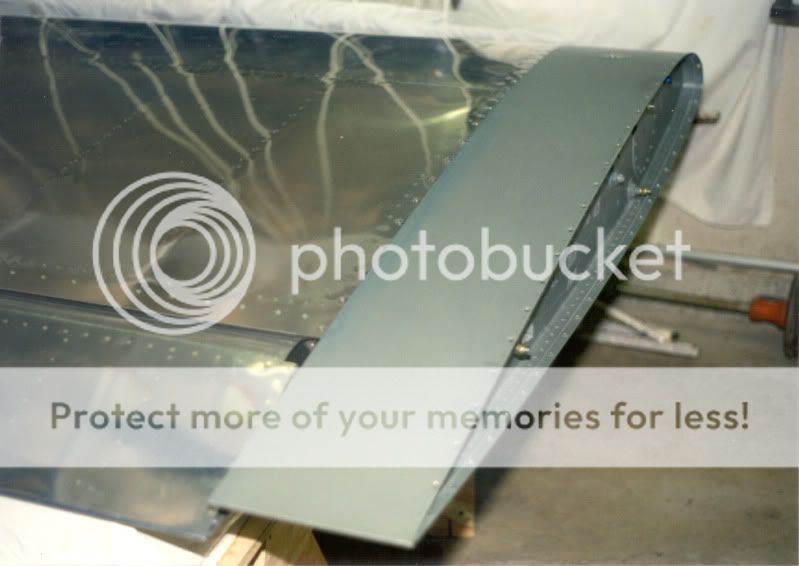I am looking for recommendations/opinions for extended range fuel options for a RV-8.
I am have considered the Johannsen tip tanks and the SafeAir ER Tanks, but I have decided to either use the entire leading edge as fuel tanks or to remove the outboard wing leading edges and install another set of Vans prebuilt fuel tanks. The latter option could preserve the possibility of normal aerobatic operation, I think. I do not know how difficult installing a second set of Vans prebuilt fuel tanks will be into a set of fast build wings.
All opinions, advice, information, etc. will be appreciated.
Thanks,
Robby Knox
I am have considered the Johannsen tip tanks and the SafeAir ER Tanks, but I have decided to either use the entire leading edge as fuel tanks or to remove the outboard wing leading edges and install another set of Vans prebuilt fuel tanks. The latter option could preserve the possibility of normal aerobatic operation, I think. I do not know how difficult installing a second set of Vans prebuilt fuel tanks will be into a set of fast build wings.
All opinions, advice, information, etc. will be appreciated.
Thanks,
Robby Knox





